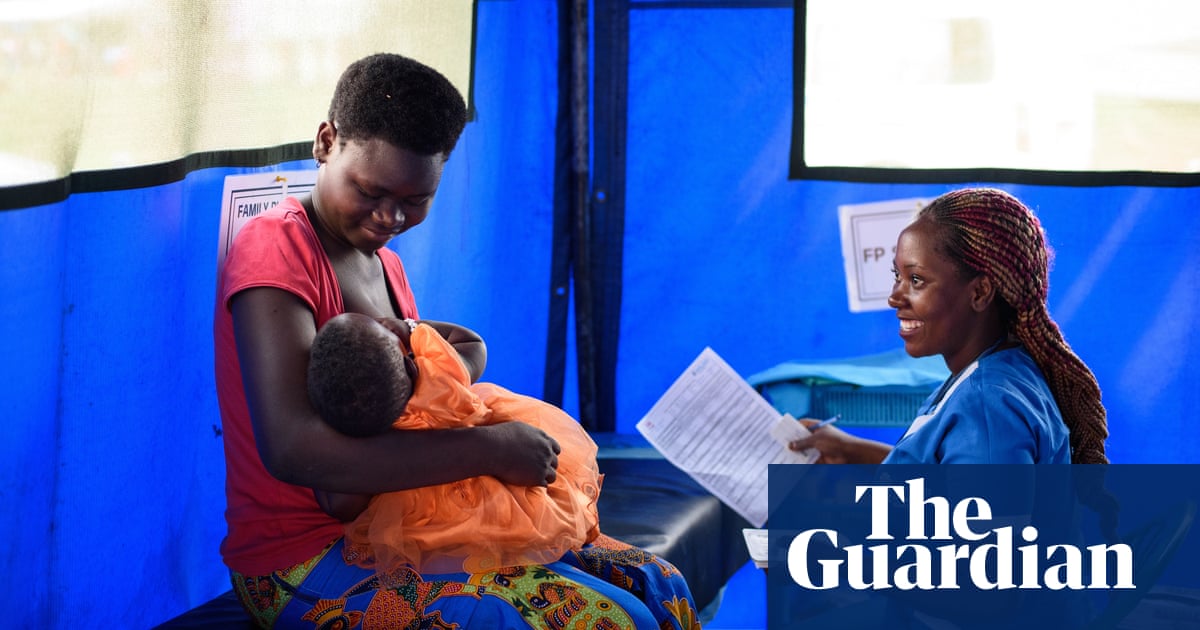
The Omicron variant of coronavirus is likely to be more widespread in the UK than official numbers suggest owing to patchy monitoring and a time lag in the data, scientists and officials have said.
Ministers said 336 cases had been identified by whole-genome sequencing, but experts said numbers were expected to be much higher given the variant’s potential for exponential growth and the fact it takes five to seven days for a case to be confirmed.
Sajid Javid, the health secretary, said there was community transmission of Omicron “across multiple regions of England”, and two scientists predicted that the variant would be dominant in the UK within the next “month or so”.
The quickest way of identifying Omicron cases is to check that the coronavirus S-gene cannot be detected in a sample, although it is not the only variant that gives such as a result.
One government source highlighted data showing that only 30-35% of PCR tests for the general population are processed at labs that look for the S-gene dropout. Overall, around half of tests done in the UK – including at hospitals and routine testing – are able to look for S-gene dropout.
Wider prevalence can be estimated from the tests but the UK Health Security Agency (UKHSA) acknowledges that S-gene testing “varies by geography, with lower coverage since July 2021 in local authorities in the south-west of England”.
UKHSA estimates that about 0.3% of the 50,000-odd positive daily cases in the UK – or 150 cases – have S-gene dropout, with up to two-thirds of these potentially Omicron.
Javid told the Commons on Monday that there were now other methods that labs had brought in to detect suspected Omicron, and this capability was being expanded so that all testing centres would be able to pick it up “very soon”.
A slower but more accurate way to determine Omicron cases is through genome sequencing of PCR samples. Experts say this has less geographic patchiness, but takes between five and seven days. Currently, positive PCR tests showing S-gene dropout, those of their contacts, those of all travellers and about 15-20% of general tests are sent for genome sequencing.
A member of the Scientific Advisory Group for Emergencies (Sage) told the Guardian: “The system is pretty leaky. There are a least a third of people who are asymptomatic in the first place, then only around half of those with symptoms do test, then not all will be PCR tests. We are sequencing about a third of those.
“One thing on our side is the S-gene dropout, a good marker of Omicron. You can pick that up, not on all the PCR tests, but many of the labs can relatively quickly. We can then start to estimate the true level of spread but it takes a long time.
“We are talking about big underestimates. The sequencing is always a week or more behind. We are looking at the numbers we had a week or two ago and it’s an underestimate of that.”
Dr Nicholas Davies, of the London School of Hygiene & Tropical Medicine, agreed that S-gene testing was not evenly spread around the UK. “It is geographically patchy, though sequencing coverage is more uniform so that will hopefully alert us,” he said.
Davies said the number of Omicron cases picked up so far was unlikely to represent the true tally. “It is almost certainly more widespread. Even if Omicron wasn’t growing in frequency, cases take time to detect and S-gene coverage is not complete.”
Prof Paul Hunter, of the University of East Anglia’s school of medicine, told BBC Breakfast there was concern that Omicron “is spreading rather more quickly than the Delta variant”, and he suggested there were probably more than 1,000 cases in the UK at the moment.
“I think the early signs are that it will probably spread quite quickly and probably start outcompeting Delta and become the dominant variant probably within the next weeks or a month or so at least,” he said.
Francois Balloux, the director of the UCL Genetics Institute, said: “UK-wide doubling times of the Omicron variant are estimated to be around three days, which is remarkably fast. At this rate the Omicron variant is expected to be dominant throughout the UK within a month or so.”
Prof Rowland Kao, of the University of Edinburgh, who contributes to the Scientific Pandemic Influenza Group on Modelling (Spi-M) government advisory group, said geographical patchiness of S-gene dropout testing was a concern, “in that if we want to slow down the spread of Omicron in the UK, we need to be able to identify geographical clusters”.
He added: “How important this is partially depends on how much overlap there is in where samples get sent to – ie does each cover a geographical area, or do they all process from across overlapping ranges?
“If the latter, the geographical issue will be lessened. I would note that if there is about a third being [tested for S-gene dropout], it suggests we are maybe missing nine of 10 or more Omicron cases (because we estimate maybe one in four infections get picked up by testing).”












